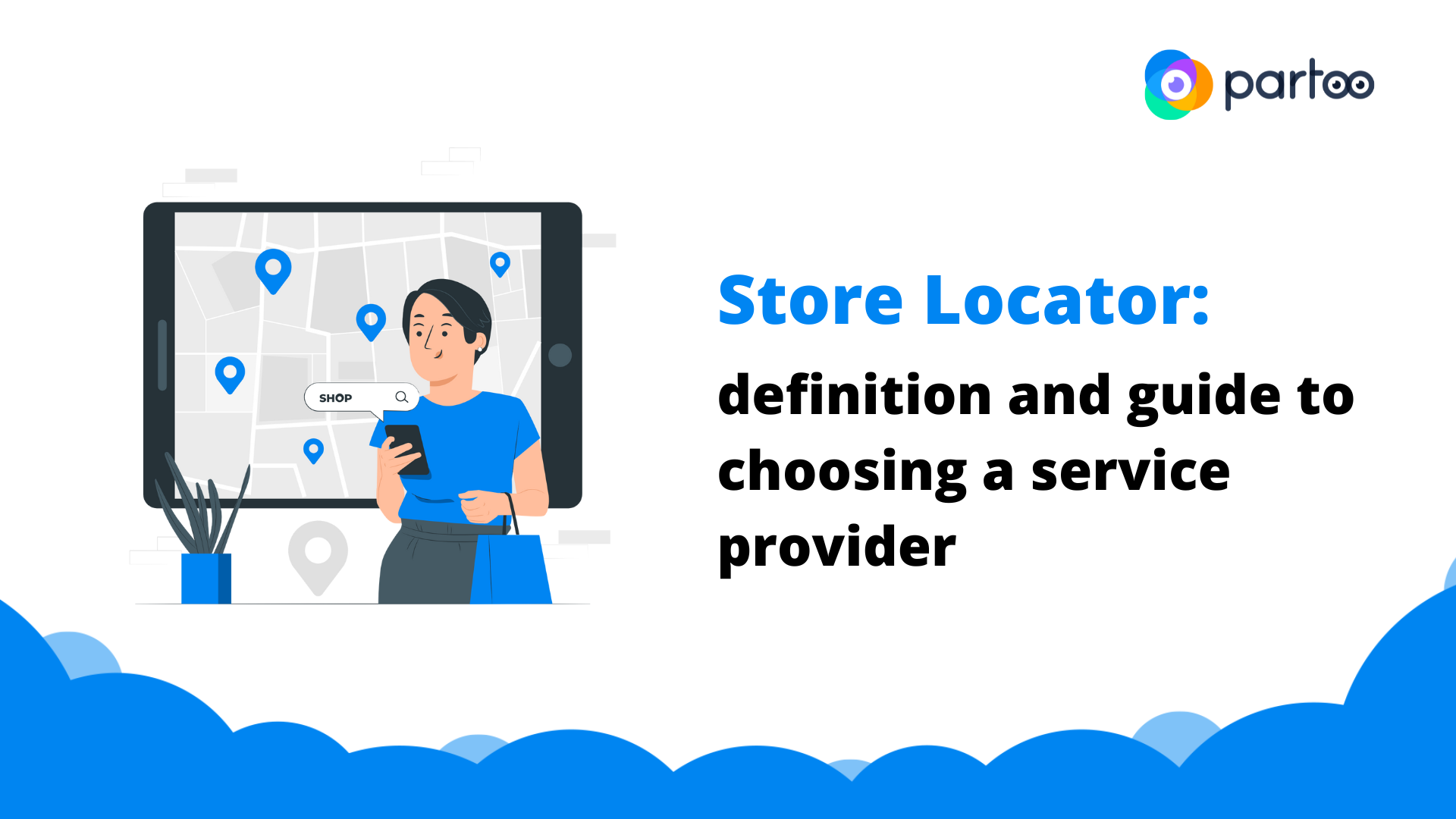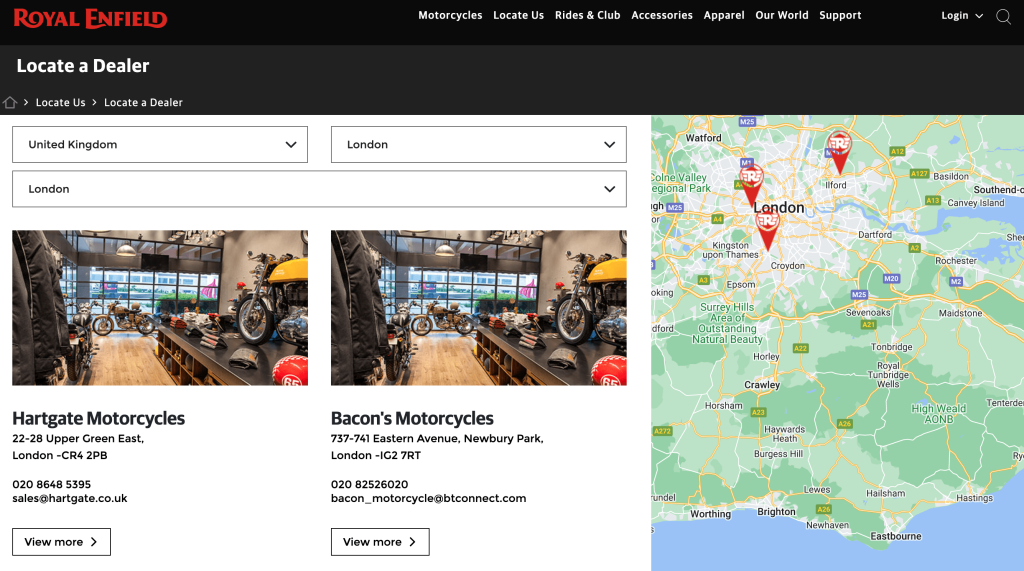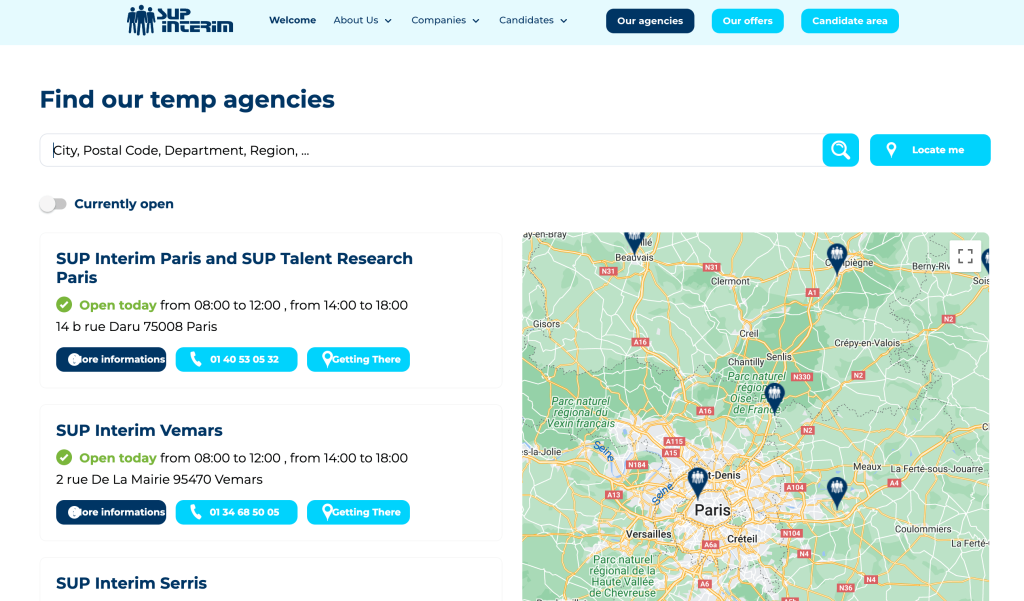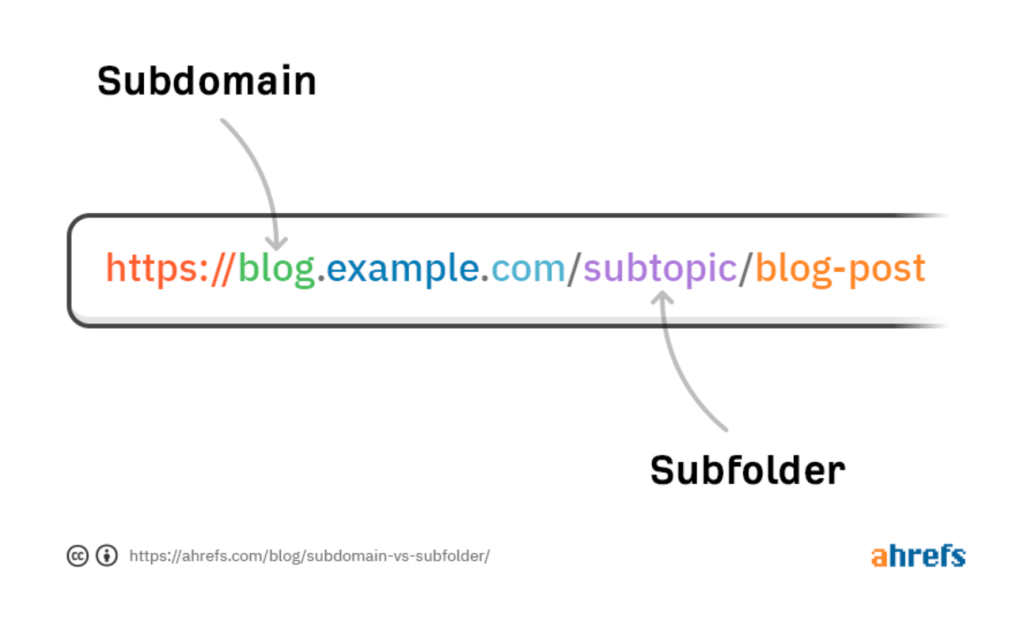
Google Pushes the Boundaries of Search with AI Mode
Announced at the Google I/O 2025 conference, AI Mode marks a new milestone in the…

Table of contents
Despite the emergence of Google Maps and Google Business Profile, more and more retailers are adding the creation or upgrade of their store locator to their omnichannel marketing strategy and budget.
The store locator is a block on a brand’s website that lists all the points of sale, thanks to an interactive map. All the establishments are referenced and displayed with all their characteristics (address, opening hours, contact details, services offered). Internet users can choose the establishment best suited to their needs and be directed easily. Other features can be added, such as appointment booking or promotional banners.

Even if many would’ve imagined the disappearance of the store locator because of new platforms such as Google Maps, Waze on which establishments can be referenced, the store locator is still indispensable for retailers.
The store locator is an essential part of the omni-channel strategy of retailers because it enables Internet users to find information about a sales outlet easily. From the home page, the Internet user can access the store locator home page in 2 clicks, and in 3 clicks, the Internet user has a view of the detailed information.
The Store Locator will increase traffic to the site if it is optimised for SEO. Google’s crawlers will analyse the information of the establishments presented on the Store Locator and if this information is similar to that which is displayed on the most important sites such as Google Maps, Waze or Apple Plan for example, Google will tend to improve the website’s SEO.
From a more technical point of view, the indexing robots will also observe several elements of the store locator:
After the redesign of their Store Locator and the implementation of these optimisations, Sup Interim saw a 28% increase in visits to their website.

NB: In addition to increasing visits, the Store Locator also increases turnover:
And now let’s ask ourselves how best to create a store locator. There are two options with their advantages and disadvantages:
Development with an in-house team:
Development with a specialised service provider such as Partoo:
If you decide to create your store locator with the help of a service provider, there are a number of things you need to check in order to make the project a success.
First of all, the priority is to validate all technical aspects of the provider. As we wrote earlier, SEO optimisations are essential for you to generate more traffic and sales. Here is the list of essential elements:
The URL is very important to optimise the referencing of the store locator. A dedicated and personalised URL (e.g. www.etablishements.partoo.co) will provide additional information for the search engines to crawl. Make sure that it is dynamic and adapted to the pages consulted (e.g.: indication of the name of the establishment in the URL of the establishment page, or the city searched).
Some people say they prefer a sub-directory to a sub-domain to be able to track their marketing campaigns redirecting to the store locator, and for better SEO.

According to Google, the choice of subdomain or subdirectory should only be made according to the needs of the website, as Google is able to recognise that the subdomain belongs to the main website. This is because Google indexes subdomains and subdirectories in the same way. On the other hand, analyses do not prove that one subdomain or subdirectory is better than the other.
Secondly, depending on the technology used for marketing campaigns, these can be tracked, even when the store locator is on a subdomain.
In conclusion, subdirectory or subdomain should not be a criterion of choice.
Likewise, they make it easier for Google crawlers to read your information. Make sure you have all the schema.org tags of your establishments in the store locator code, a complete breadcrumb trail and adapted metadata (description, canonical URL, etc.) to improve the referencing of your site
Several providers offer to centralise all information and publish it on various platforms such as Google, Waze or Apple Maps: a Presence Management solution. This saves time for your teams, improves visibility and enhances SEO.
The purpose of the store locator is to provide information to visitors and increase the conversion rate. You must add all the information on the store page and the provider must allow you to add the necessary information: descriptions, photos, information (e.g. team members, promotions, events, available services).
It is essential that your store locator is visually modern and can represent your corporate design to avoid disappointing visitors. You also need to ensure that the graphic elements are well positioned to ensure consistency and maximise conversion with a simple and effective user journey.
The price of the service provider is an indication of the quality, time spent and support provided. A more attractive price may mean a store locator that cannot be customised or that does not meet all SEO requirements.
Note that if a store locator is well-developed, it allows for better sales conversion. Thus, it should not be considered only as a cost, but above all as a lever for increasing sales in an omnichannel strategy. If we take the example of Sup Interim, which observed a 28% increase in visits, we can imagine a 5% increase in turnover assuming a 20% conversion rate.
The support you will be offered will strongly depend on the price of the service, but it is always preferable to have a good relationship, a good feeling with your interlocutors because a project like this requires good coordination to ensure its success. Regular meetings and a team of experts at your disposal will be essential to answer all your questions as soon as possible. Before you start, check the details of the support (number of meetings, training, a support team available by phone or chat, a help-centre, etc.) but also the duration of the support and the analysis tools you will have at your disposal (a dashboard to monitor the KPIs).
Although many users rely on third-party platforms such as Google to find information about a business, the store locator is still a must-have feature for a business website. Best practice development will improve your SEO rankings and increase your traffic and ultimately your revenue. If you need to choose a service provider to develop or update your store locator, don’t hesitate to contact us to discuss all these issues.
Want to easily develop your business through the Internet? It’s possible thanks to Partoo!
Download our 2025 barometer and discover which companies manage their online reputation the best, along with recommendations to enhance your business!
Receive our best articles and practical guides directly in your inbox every month